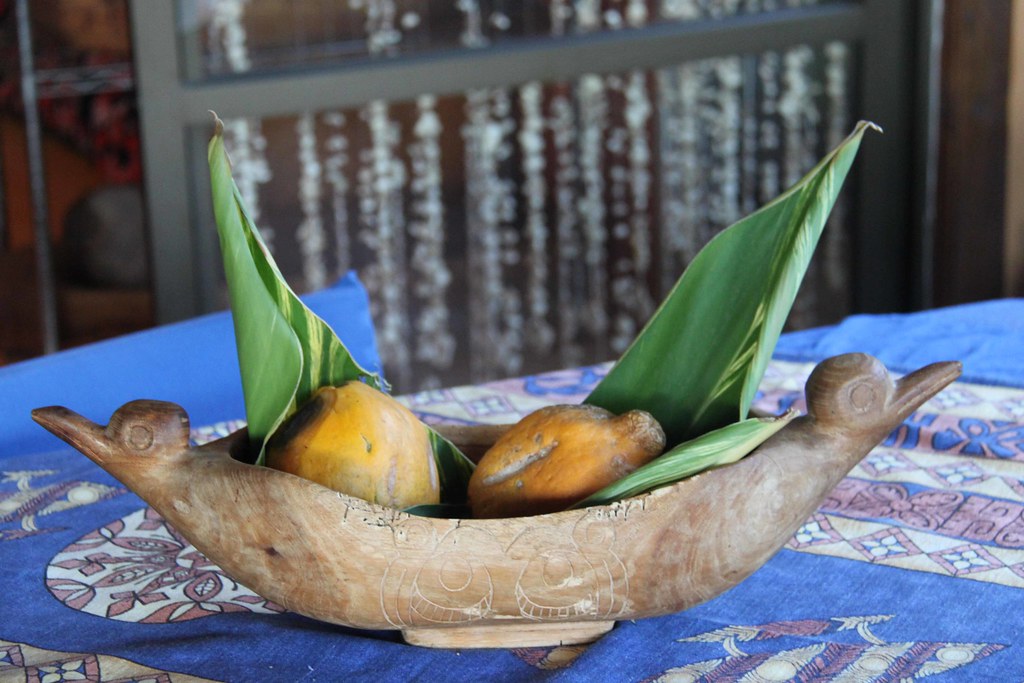
Introduction to Easter Island
Easter Island, known as Rapa Nui in the native language, is a remote volcanic island famous for its enigmatic Moai statues. Located in the southeastern Pacific Ocean, it is one of the most isolated inhabited islands in the world. Recognized for its unique cultural heritage, Easter Island has attracted both researchers and tourists alike, fostering discussions about its history and significance. Understanding this island is crucial as it provides insights into ancient Polynesian civilizations and their enduring legacies.
Historical Background
The discovery of Easter Island dates back to 1722, but archaeological evidence suggests that it has been inhabited since around 1200 AD. The island is home to nearly 900 monumental statues, called Moai, which were carved from volcanic tuff and transported to various locations throughout the island. These statues are believed to represent the ancestors of the Rapa Nui people and served as important figures in their spiritual and socio-political beliefs. Recent research has shown that these figures were erected to honor lineage leaders, indicating a high degree of social organization.
Environmental Challenges
Despite its rich cultural heritage, Easter Island has faced significant environmental challenges. Overexploitation of natural resources, namely deforestation, led to dwindling vegetation and soil degradation, which in turn affected agriculture and the island’s ecosystem. Studies suggest that the population decline in the 19th century, due in part to European colonization and slave raiding, exacerbated these challenges. Today, conservation efforts are in place to restore the island’s natural environment and manage tourism sustainably.
Modern Significance
In 1995, UNESCO designated Rapa Nui as a World Heritage Site, recognizing the cultural significance of its monuments. This status helps protect the island’s heritage while promoting awareness of its fragility. Tourist visits are carefully managed to minimize impact, with local authorities emphasizing the importance of sustainable practices. The Moai continue to be a symbol of resilience and cultural pride for the Rapa Nui people, inspiring ongoing research and interest in ancient Polynesian history.
Conclusion
The story of Easter Island serves as a potent reminder of the interplay between human civilization and environmental stewardship. As researchers continue to learn more about this remarkable island, it highlights the significance of preserving cultural heritage while respecting ecological balance. The future of Easter Island relies on ongoing efforts to maintain its unique heritage while addressing the challenges it faces. For those interested in ancient civilizations and the mysteries of Polynesia, Easter Island remains an awe-inspiring destination that invites exploration and reflection.



